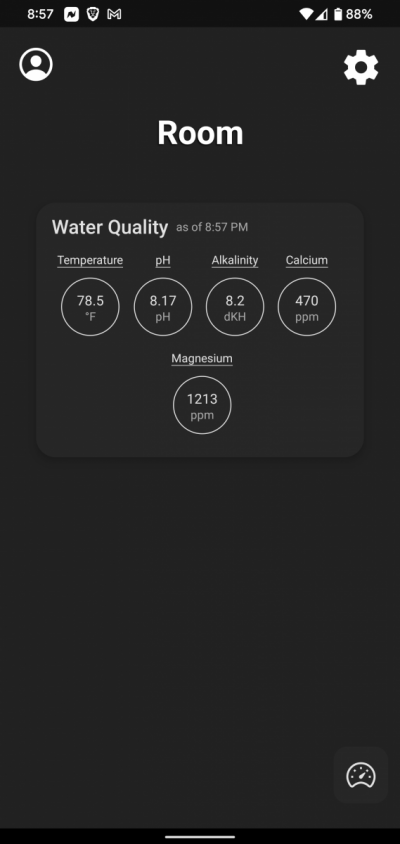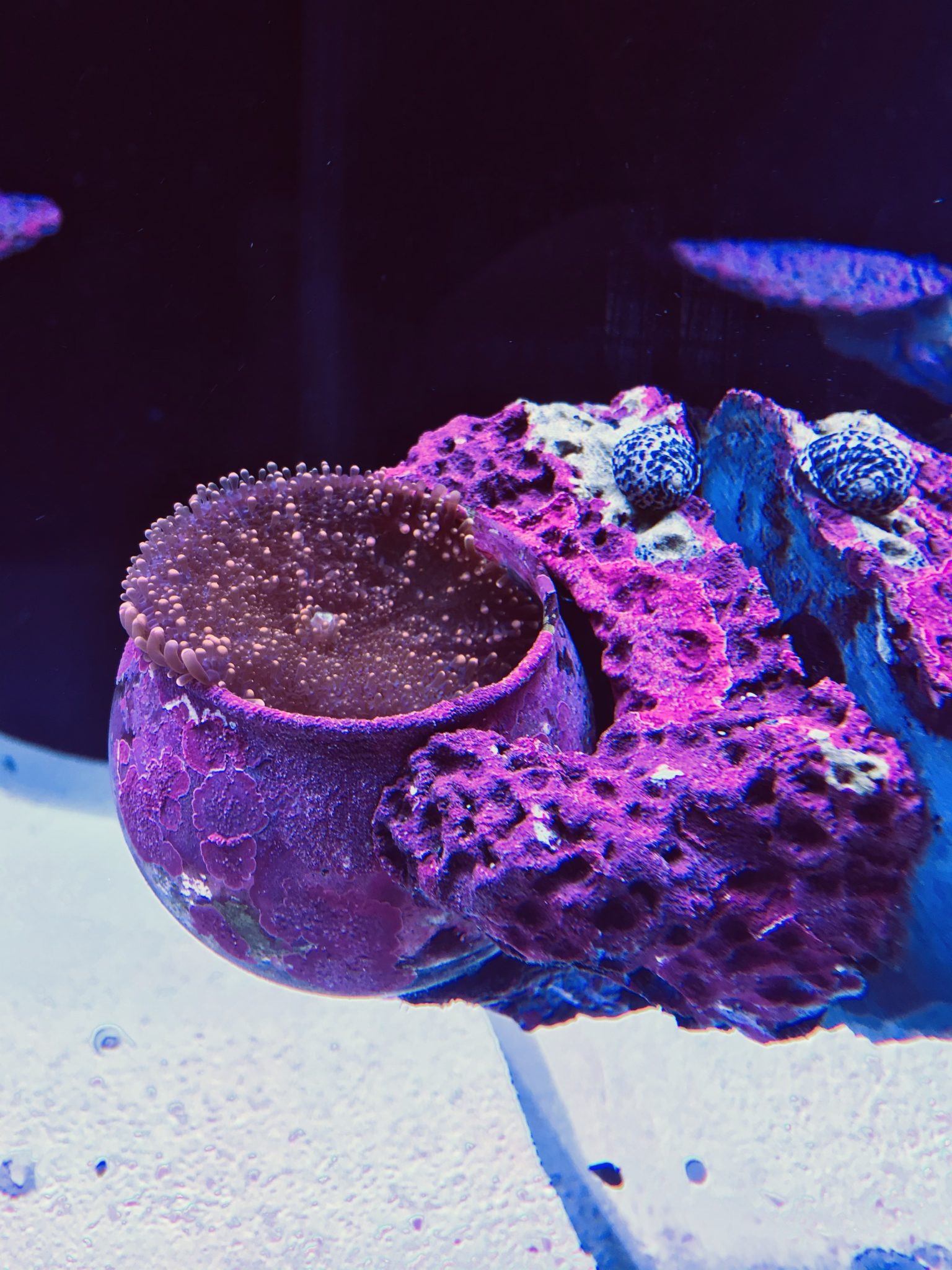Hey I've been running my tank 6 months now. Tank is pretty stable. I'm using trident to get my parameters. I've wanted a nem but paranoid as I've heard bad things. I have a mixed reef tank. 35 gallon and 10 gallon sump. Gfo running to keep phosphates down. I wanted them in a box but i want my clowns to be able to freely swim in and out. Getting a cheap nem to start but even if it's cheap i don't want to kill it. Nitrates 15ppm phosphates .06





















